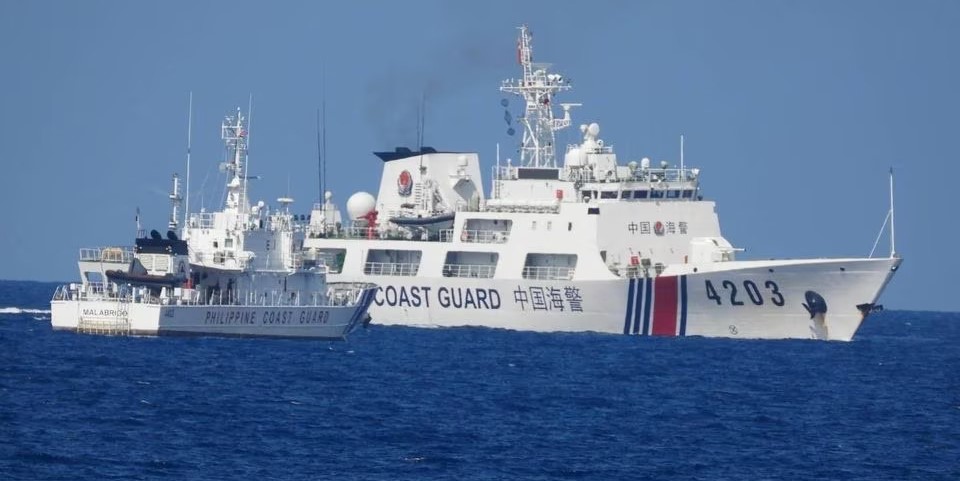The government of the Philippines issued a statement on Sunday announcing that the state and China have reached an agreement regarding the Philippines’ routine rotation and resupply missions to a breached ship located in the disputed South China Sea.
The ship, BRP Sierra Madre, is a warship originally built for the United States Navy during WWII. It was later transferred to the Philippine Navy, and in 1999, was intentionally run aground on the Second Thomas Shoal reef to serve as a military outpost. The Second Thomas Shoal lies in a disputed area of the South China Sea, with both China and the Philippines claiming the territory. The reef has been previously recognised by the United Nations Convention on the Law of the Sea (UNCLOS) Tribunal as being within the Philippines’ exclusive economic zone, though neither state can determinatively claim sovereignty over the reef as it largely remains below sea level.
The statement issued by the government of the Philippines confirmed that it and China had “reached an understanding of principles and approaches that will be observed by both sides in order to avoid misunderstanding and miscalculation” regarding future resupply missions to the BRP Sierra Madre. The government also confirmed the Philippines will continue to assert its rights and jurisdiction in maritime zones recognised by UNCLOS, including the Second Thomas Shoal.
The agreement follows a June incident in which a Philippine sailor was seriously injured when members of the Chinese Coast Guard boarded a Philippine Navy ship in an attempt to prevent a routine replenishment of supplies to the BRP Sierra Madre. The Chinese government asserted that the actions of the Coast Guard were legitimate and later released a report claiming the ship’s presence on the reef caused significant ecological harm to the surrounding area and ecosystems. The Philippines responded to the incident by filing a claim to the UN under section 76 of UNCLOS seeking recognition of the state’s sovereignty over the underwater continental shelf.
Many of China’s claims to territory in the South China Sea, including the nine-dash line, have previously been dismissed by the UNCLOS Tribunal. The state faces competing claims to the waters from several other nations, with Vietnam following the Philippines in filing its own claims for recognition of the extension of its underwater continental shelf earlier in July. The government of the Philippines stated the new agreement with China is a recognition of the need to “de-escalate tensions” arising from the many territorial disputes in the region, though it has yet to provide specific details of the arrangement.


